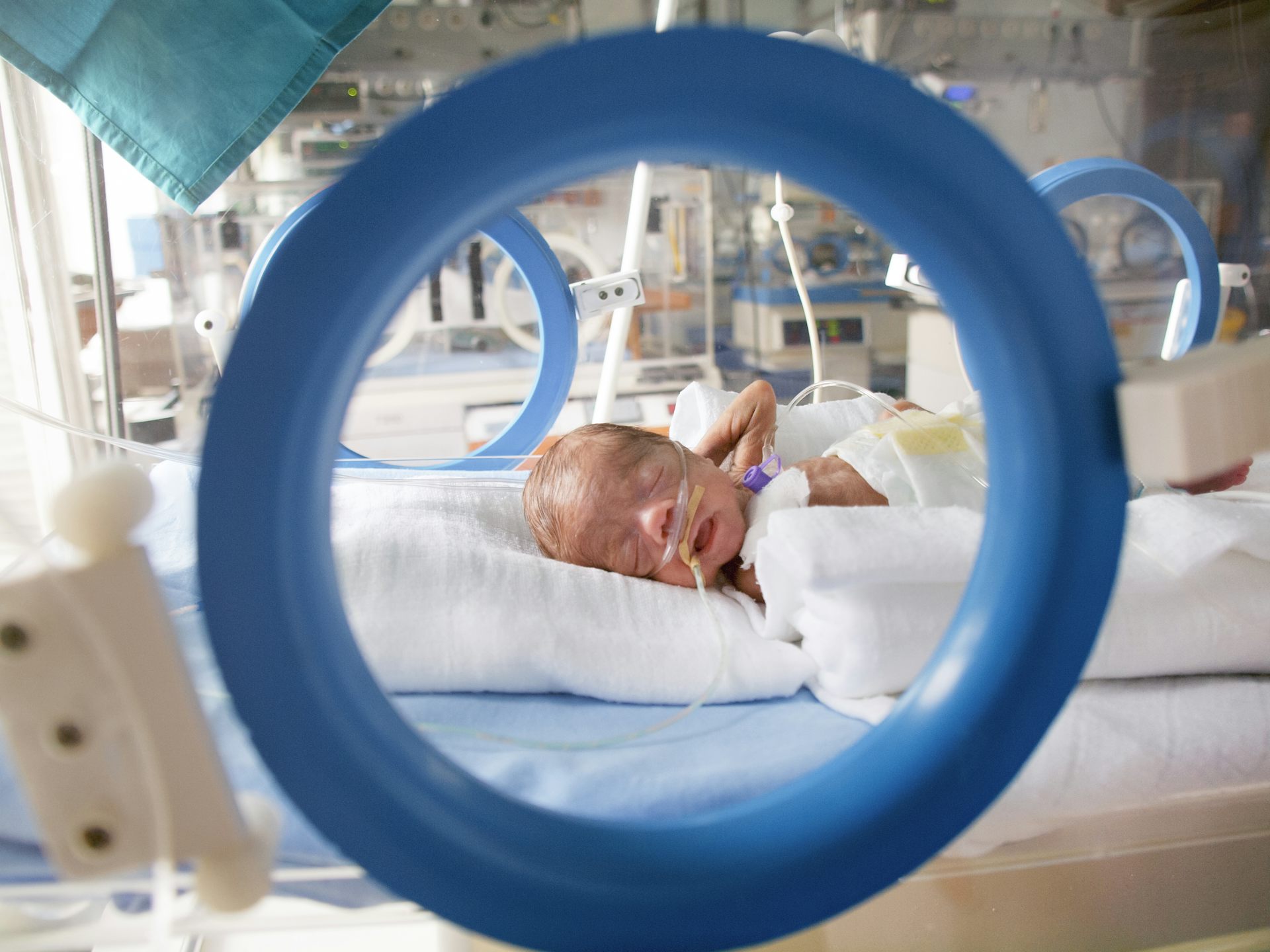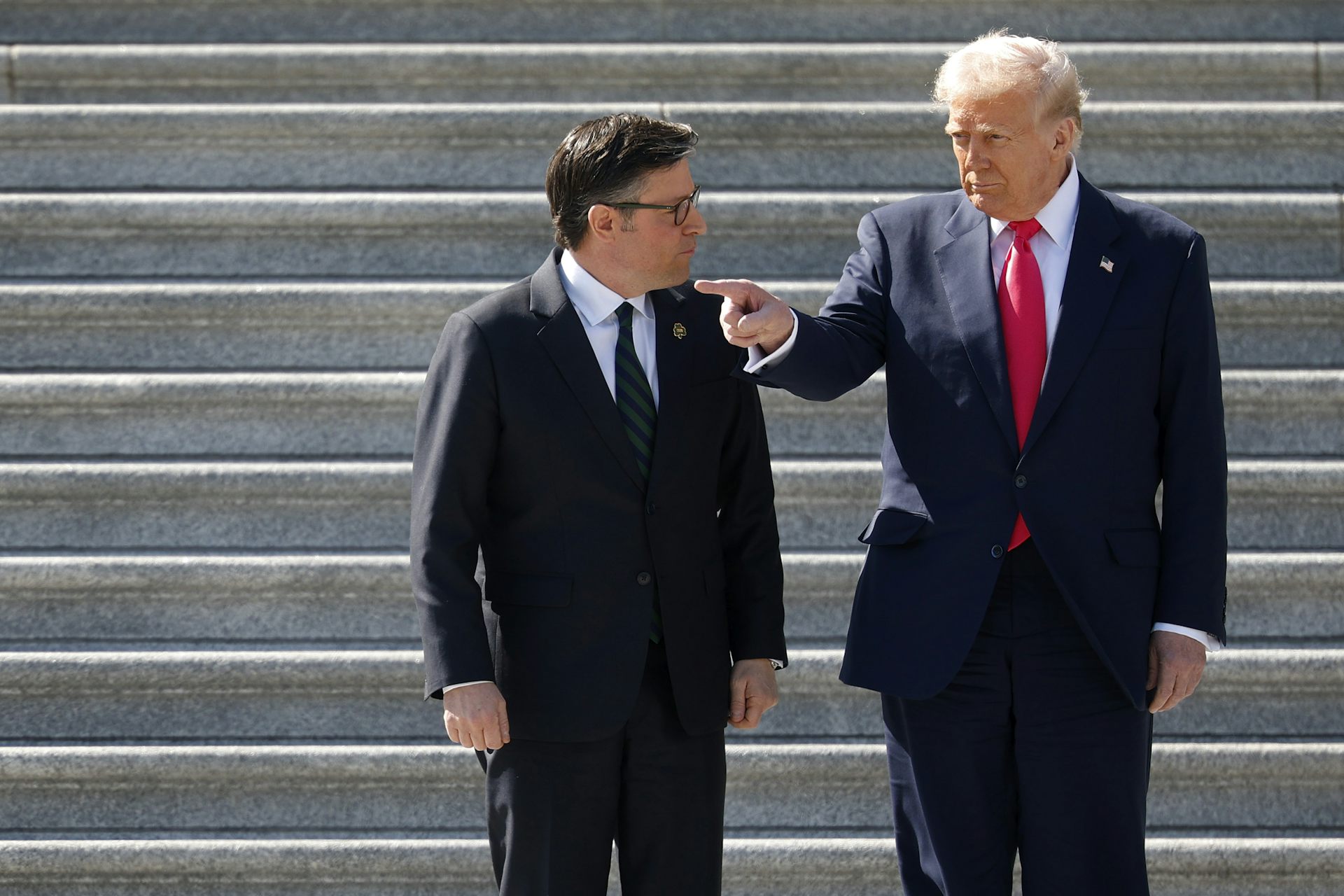FirstNet for emergency communications: 6 questions answered
A multibillion-dollar effort is just beginning to build an all-new nationwide wireless broadband network for emergency responders. How will it work, why do we need it and how will it last 25 years?

Editor’s note: In the aftermath of 9/11, public safety officials in New York City and around the country realized that firefighters, police officers and ambulance workers needed to be able to talk to each other at an emergency scene – not just to their supervisors and dispatchers. The solution was nearly 16 years in coming, but on March 30, the First Responder Network Authority, or FirstNet, was created. It’s one of the largest public-private partnership agreements ever, between the National Telecommunications and Information Administration (part of the U.S. Department of Commerce) and a group of companies led by AT&T. AT&T and its partners will develop and manage a nationwide wireless broadband network for use by first responders. Each U.S. state and territory is in the process of deciding whether it wants to build its own towers and wired connections or let the AT&T group do the construction. Ladimer Nagurney and Anna Nagurney, scholars of communications and network systems, respectively, explain what this multi-billion-dollar effort is, and what it means.
What is FirstNet?
The system nicknamed FirstNet was created by Congress in the Middle Class Tax Relief and Job Creation Act of 2012. Under the contract with the government, the group led by AT&T will build, operate and maintain a new nationwide communications network, providing high-speed wireless communications for public safety agencies and personnel. The network will be protected against unauthorized intrusion and strong enough to withstand disasters that might damage other communications systems. Emergency workers will be able to preempt other users’ traffic on the network, and will be able to send and receive as much data as they need to during their emergency work.
Why do we need it?
In the aftermath of the 9/11 attacks in 2001, public safety agencies found that the first responders had a hard time sharing critical information throughout their agencies, or between different responding organizations. In just one tragic instance, after the south tower of the World Trade Center collapsed, the Fire Department of New York ordered all firefighters to evacuate the north tower. But many firefighters didn’t hear the order over their radios – and city and Port Authority police officers didn’t communicate on the same frequencies, so they never had a chance to hear the warning.
Four years later, the same problems weakened officials’ response to Hurricane Katrina. Most of the early efforts to solve this problem focused on making sure emergency workers’ radios could communicate with each other properly. In the intervening years, though, first responders have increasingly used smartphones, tablets and computers. They need to do more than talk; they need to share data among those devices – such as building layouts, possible environmental hazards, information about who and where victims might be and even basic details like local weather conditions.
Another change over time is our understanding of who first responders are. It’s not just police, firefighters and emergency medical personnel. Other public agencies also are involved from the very early stages of a crisis, including transit agencies and environmental protection workers. Private companies are needed too, handling damage or interruptions to utilities services such as electricity, water, gas, telephone, cable TV and cellular service.
All of those groups need wireless communications at or near a disaster site. At the moment, they must compete with the general public: People inside the disaster area are often trying to seek help by calling 911 or texting friends or relatives. They may even post videos and photos of what is happening to social media sites. Loved ones elsewhere also flood communications networks, checking in as “safe” and trying to contact people they know who might be affected, to make sure they’re OK too. After the 2013 Boston Marathon bombing, for example, all the major cellular networks got overloaded by the number of people trying to make calls and send texts at the same time. (This even happens during nonemergency situations, such as concerts and sporting events.)
What’s more, many mobile broadband companies limit the amount of high-speed data a user can consume in a given month, either cutting off traffic or slowing it down significantly. But a first responder using a camera-equipped drone to inspect, say, a dam that might be breached needs unlimited high-speed communications to get real-time information that can protect both first responders and the public.
Who will pay for it?
The Federal Communications Commission has been rearranging the frequencies television channels use to broadcast their signals, making room in the electromagnetic spectrum for additional wireless broadband services. The agency recently auctioned off the rights to use some of those frequencies to 50 winning bidders including T-Mobile, Dish and Comcast, raising US$19.8 billion.
Of that, $6 billion will be paid to the AT&T group, which will spend that money, plus an additional $40 billion, to build and operate the network.
Money will also come from payments from emergency response agencies, which will have to buy a FirstNet service plan for each device, at prices expected to be similar to today’s mobile pricing. That revenue will also help fund the network, cover the companies’ investments and help generate enough of a profit that the AT&T group has promised to repay the $6 billion to the U.S. Treasury after the FirstNet contract expires in 25 years.
What will happen when there’s not an emergency?
When there is no emergency in an area, the bandwidth on the FirstNet network in that area will be available to AT&T to sell to private or corporate customers. This revenue, in addition to that from the first responder users themselves, is expected to pay for FirstNet.
What do other countries do about this problem?
Because of the close relationship between the U.S. and Canadian broadband services, Canada is creating a Public Safety Broadband Network using the same frequency spectrum and protocols as the U.S. so that agencies on both sides of the border can connect to each other easily.
The U.K. is building an Emergency Services Network, expected to begin partial operation near the end of 2017. South Korea expects to complete its public safety wireless network in time to be used during the 2018 Winter Olympics. Several other countries have networks that are in various stages of design and construction.
FirstNet is supposed to last 25 years. What does that mean, and how will it happen?
As broadband wireless technology improves, our devices and networks will too, including FirstNet.
The effort is also expected to promote technological innovations. Already, some of the technical solutions that serve first responders, such as the ability for devices to connect directly to each other, have been incorporated into LTE standards. Some apps developed for first responders may also release versions useful to others.
It’s hard to know what we’ll need in 25 years – just as 25 years ago, it would have been very hard to envision the technical details of today’s interconnected world. But building FirstNet will help protect and serve both first responders and the public during emergencies – and it will enhance communications in times of peace and prosperity.
Ladimer Nagurney, in an inherited IRA, owns approximately $1200 of AT&T stock.
Anna Nagurney does not work for, consult, own shares in or receive funding from any company or organisation that would benefit from this article, and has disclosed no relevant affiliations beyond the academic appointment above.
Read These Next
Empathy and reasoning aren’t rivals – new research shows they work together to drive people to help
Those driven by both heart and mind help the most people, even far beyond their own circle.
Ranked choice voting outperforms the winner-take-all system used to elect nearly every US politician
Ranked choice voting largely avoids the pitfalls of plurality voting, giving voters the power to express…
Why protecting Colorado children from dying of domestic violence is such a hard problem
Lethal domestic violence is persistent, despite a statewide decline in overall homicides.






